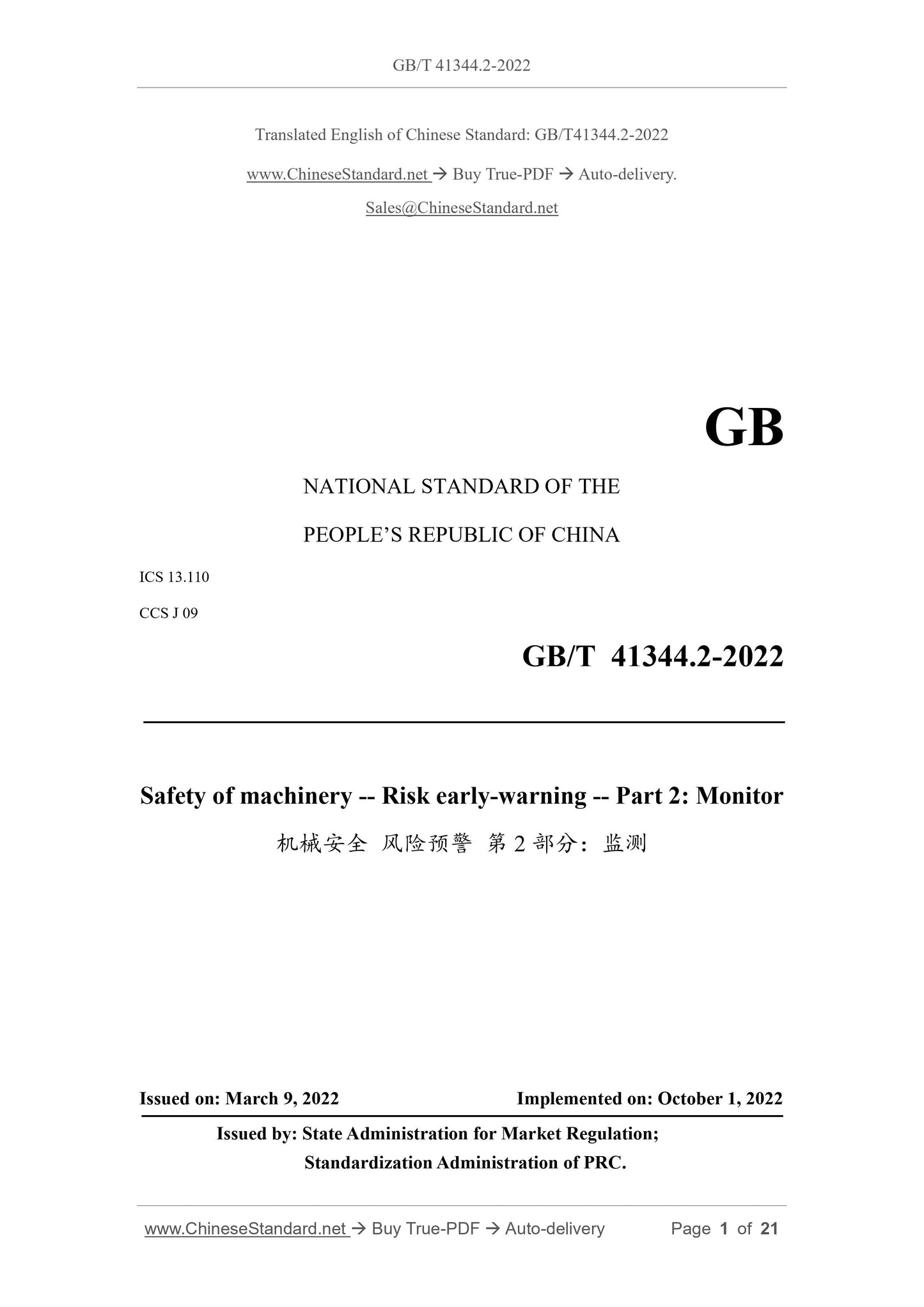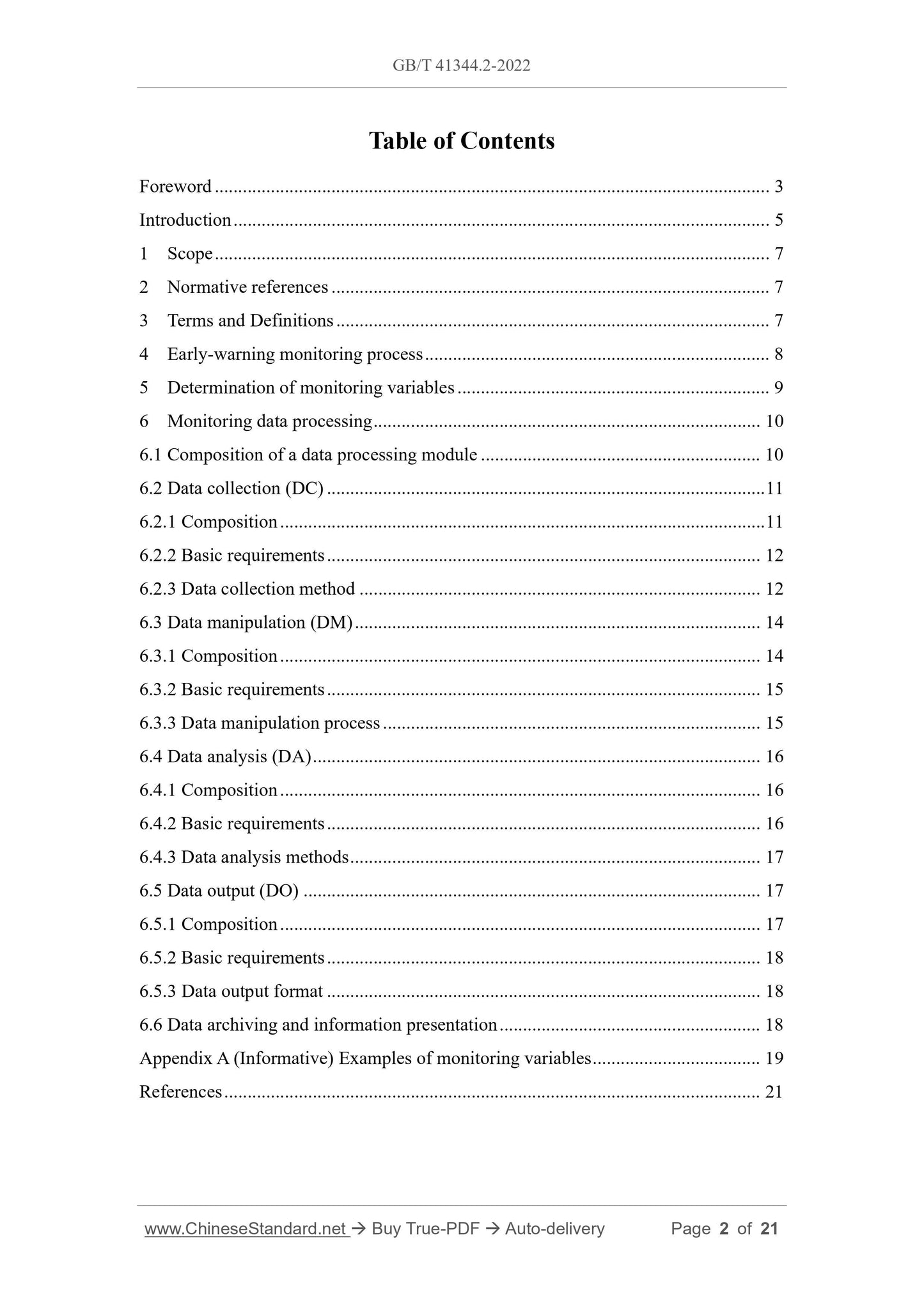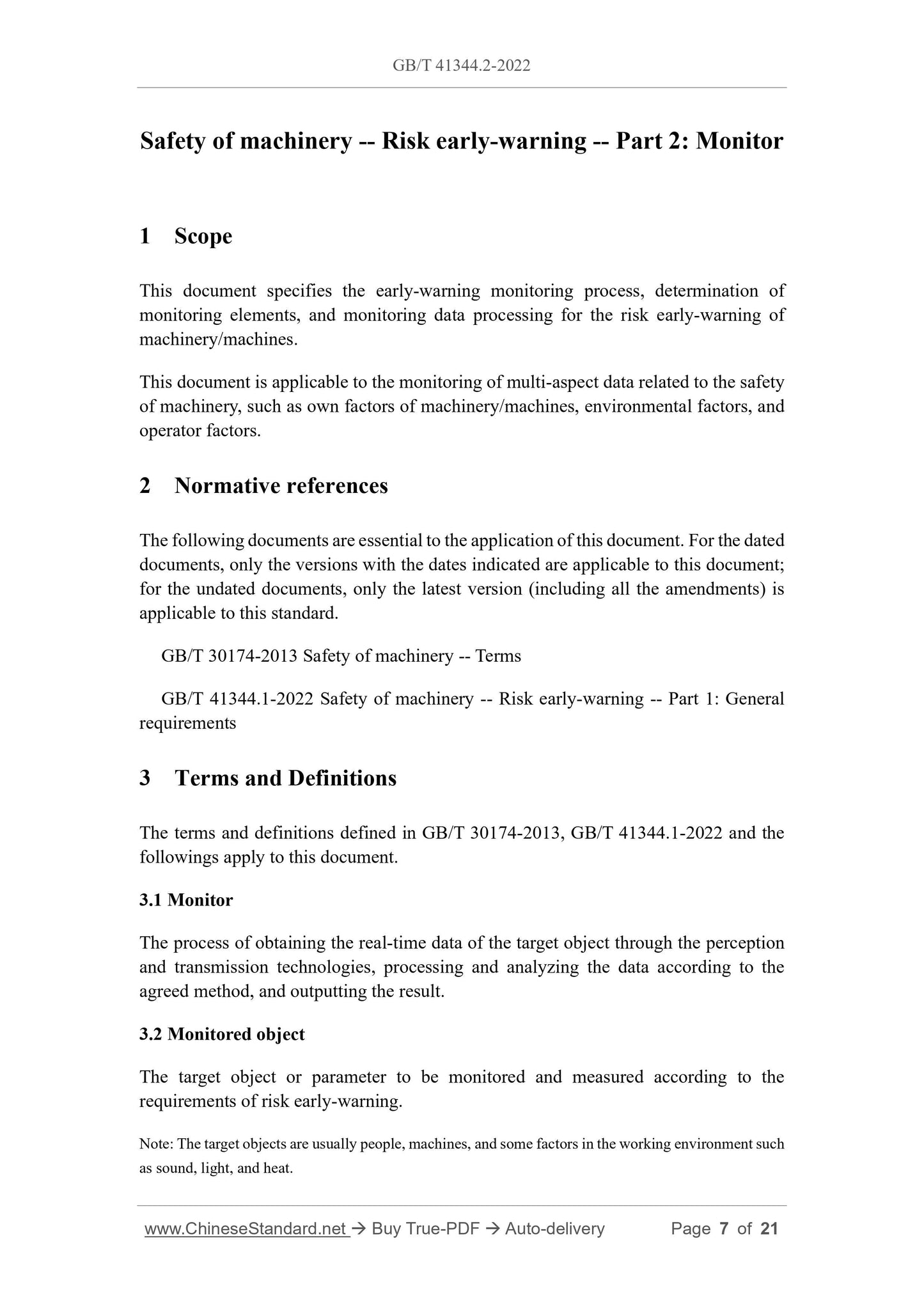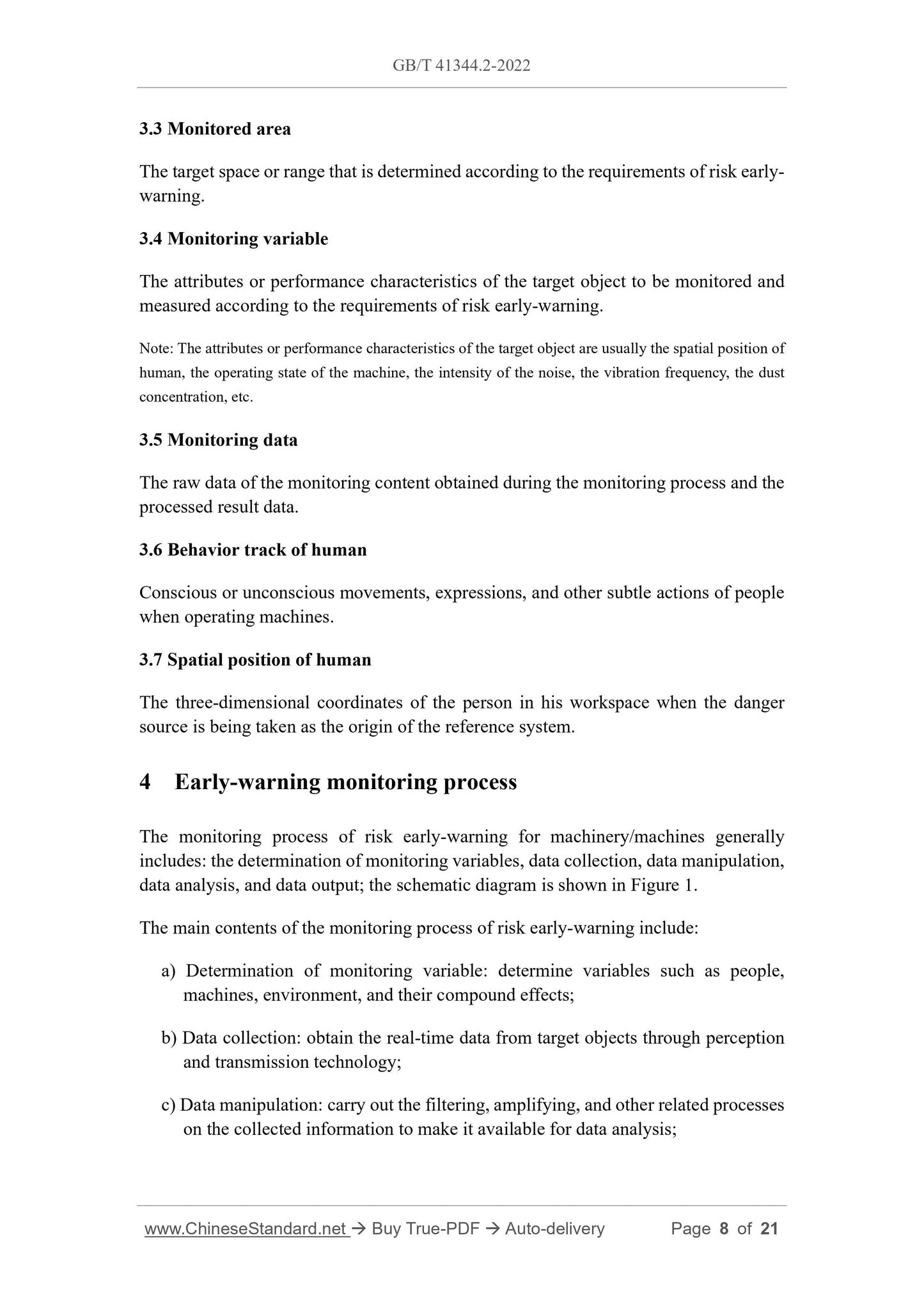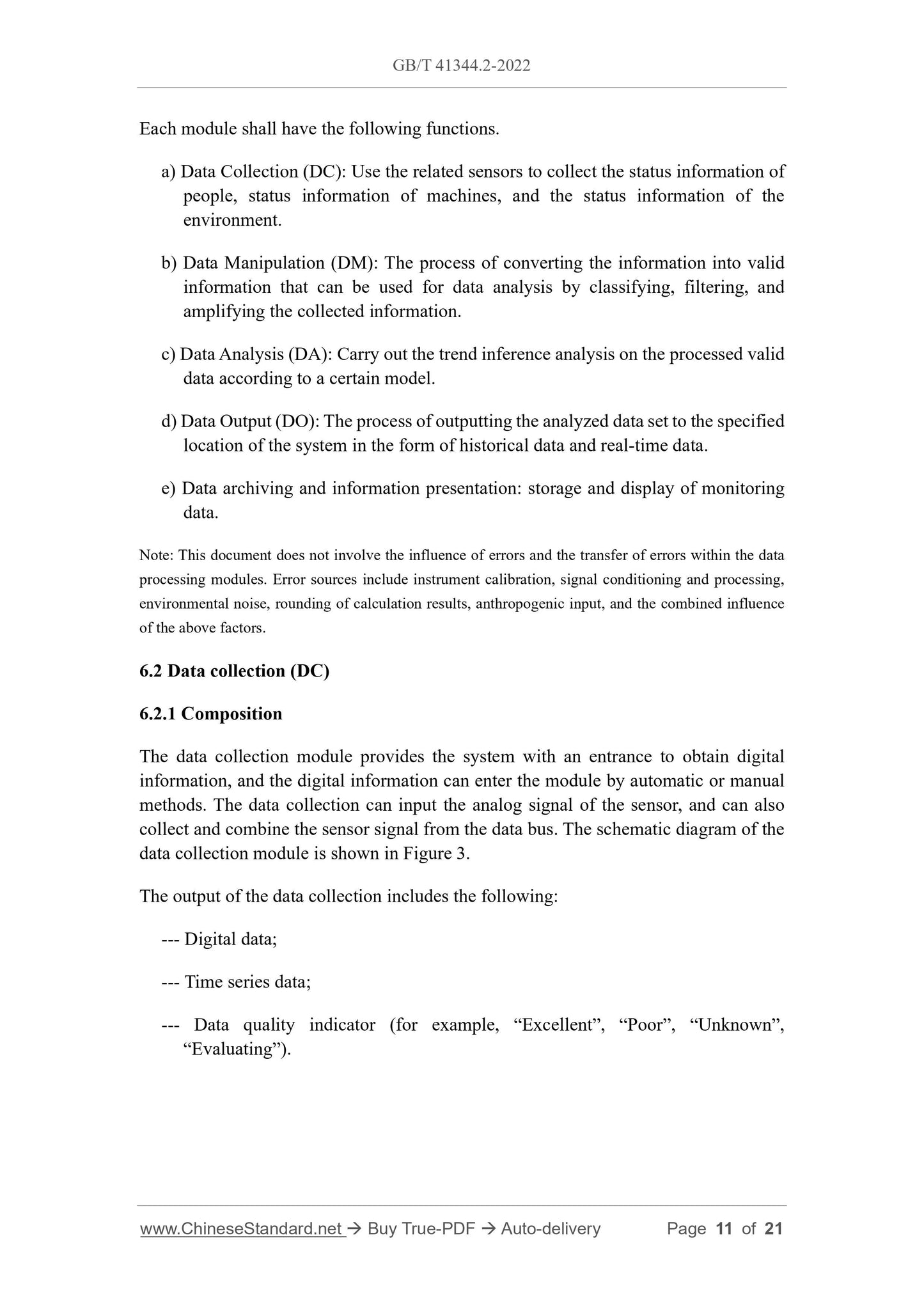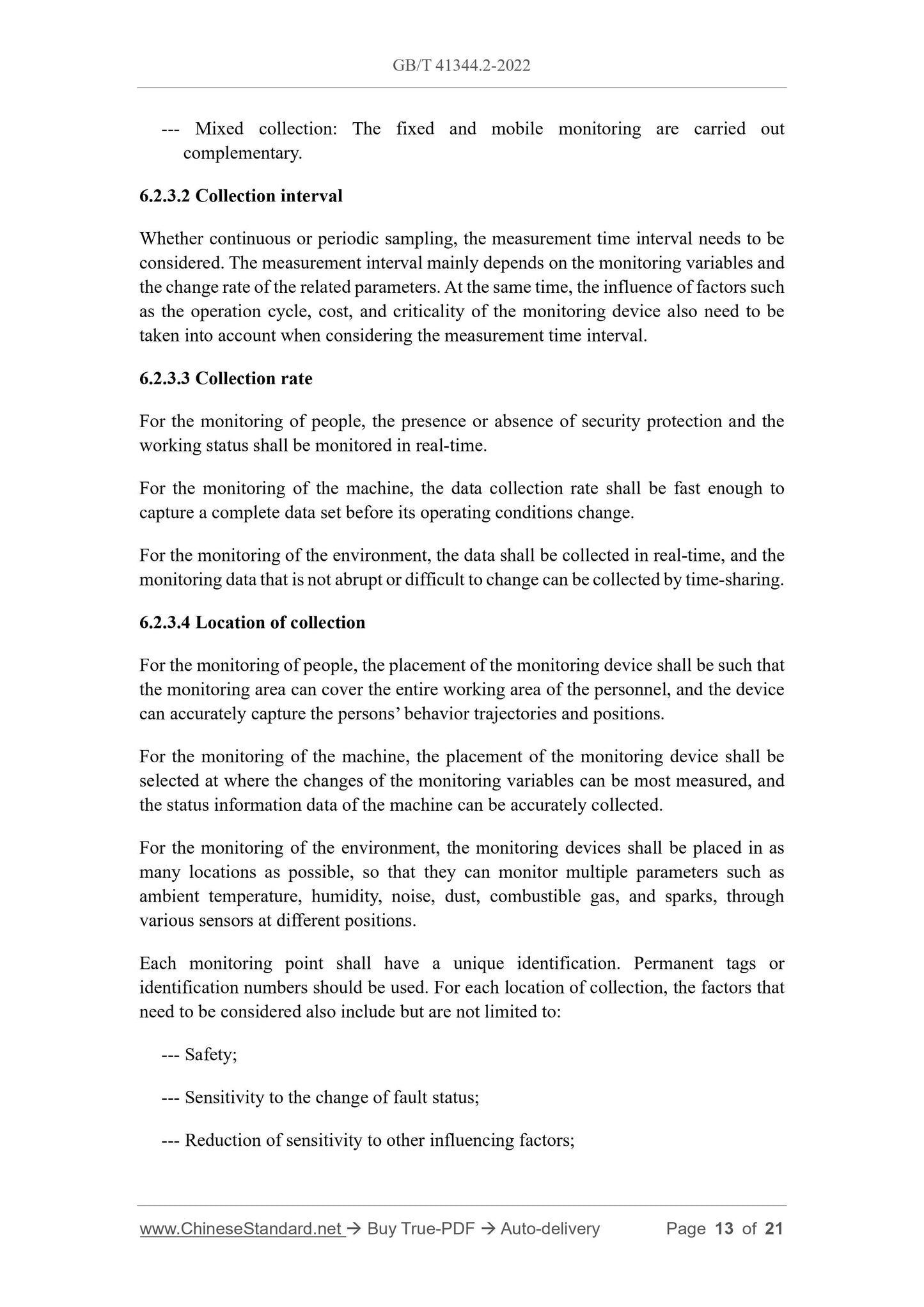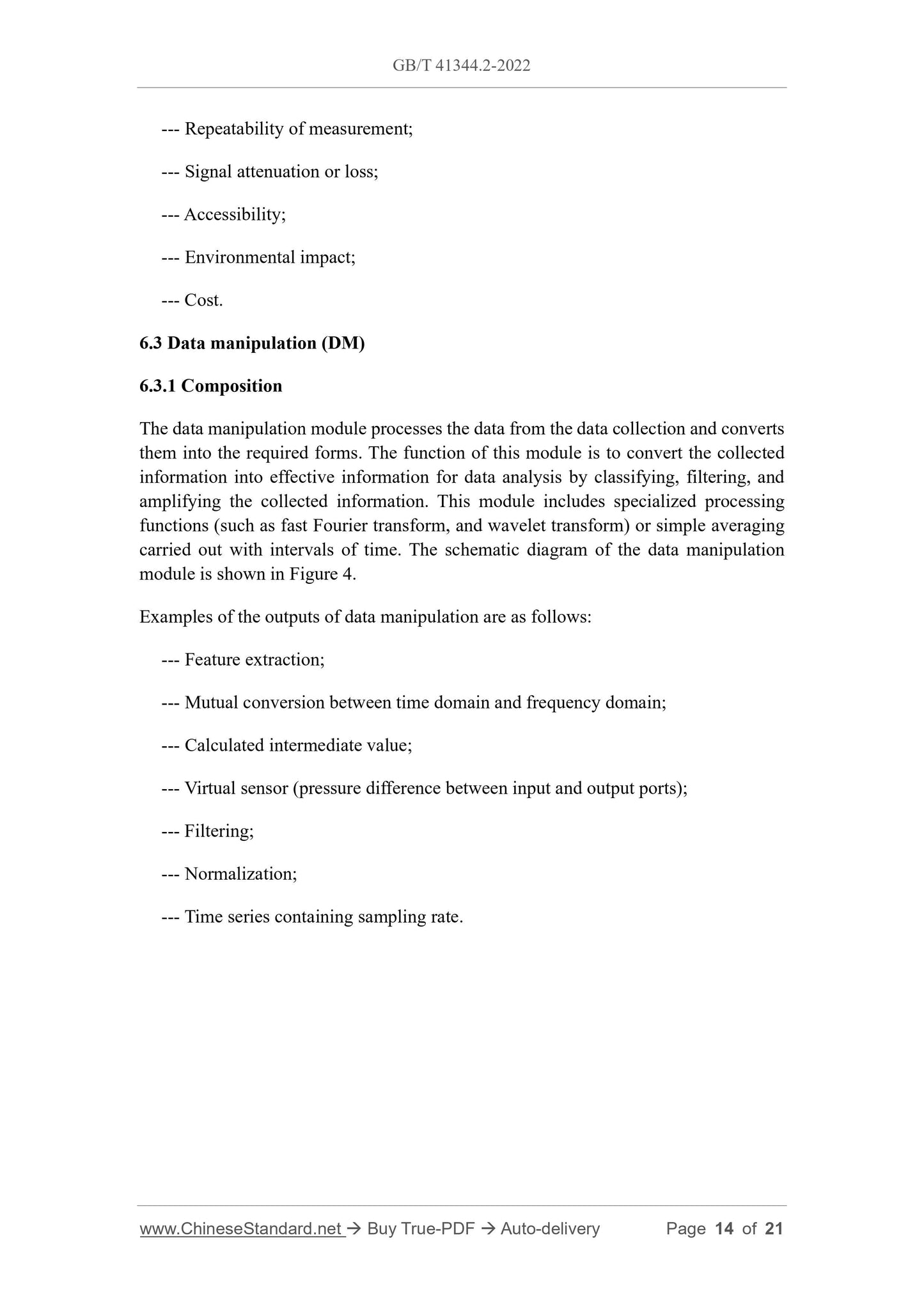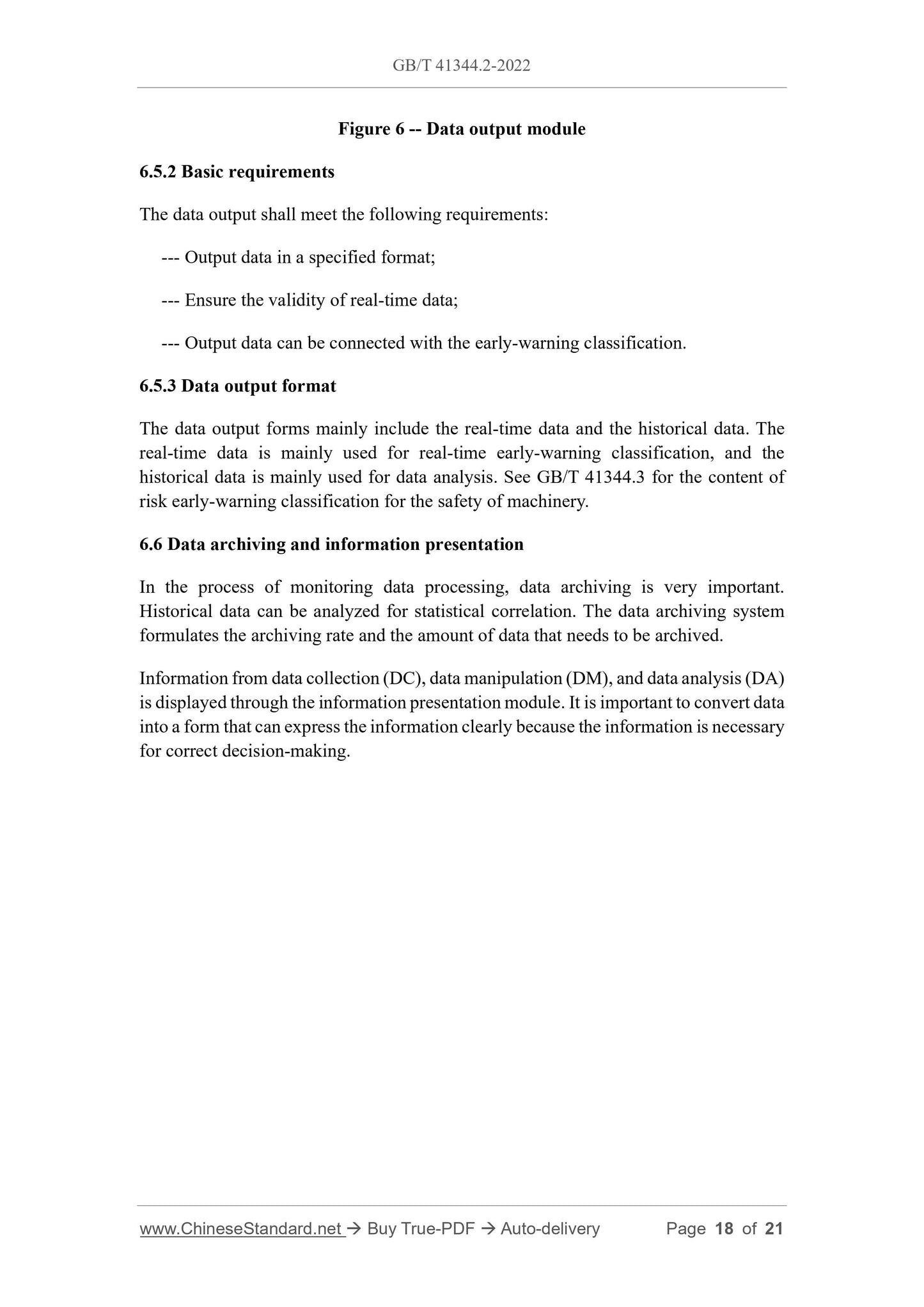1
/
of
8
www.ChineseStandard.us -- Field Test Asia Pte. Ltd.
GB/T 41344.2-2022 English PDF (GB/T41344.2-2022)
GB/T 41344.2-2022 English PDF (GB/T41344.2-2022)
Regular price
$230.00
Regular price
Sale price
$230.00
Unit price
/
per
Shipping calculated at checkout.
Couldn't load pickup availability
GB/T 41344.2-2022: Safety of machinery - Risk early-warning - Part 2: Monitor
Delivery: 9 seconds. Download (and Email) true-PDF + Invoice.Get Quotation: Click GB/T 41344.2-2022 (Self-service in 1-minute)
Newer / historical versions: GB/T 41344.2-2022
Preview True-PDF
Scope
This document specifies the early-warning monitoring process, determination ofmonitoring elements, and monitoring data processing for the risk early-warning of
machinery/machines.
This document is applicable to the monitoring of multi-aspect data related to the safety
of machinery, such as own factors of machinery/machines, environmental factors, and
operator factors.
Basic Data
| Standard ID | GB/T 41344.2-2022 (GB/T41344.2-2022) |
| Description (Translated English) | Safety of machinery - Risk early-warning - Part 2: Monitor |
| Sector / Industry | National Standard (Recommended) |
| Classification of Chinese Standard | J09 |
| Word Count Estimation | 14,186 |
| Issuing agency(ies) | State Administration for Market Regulation, China National Standardization Administration |
Share
